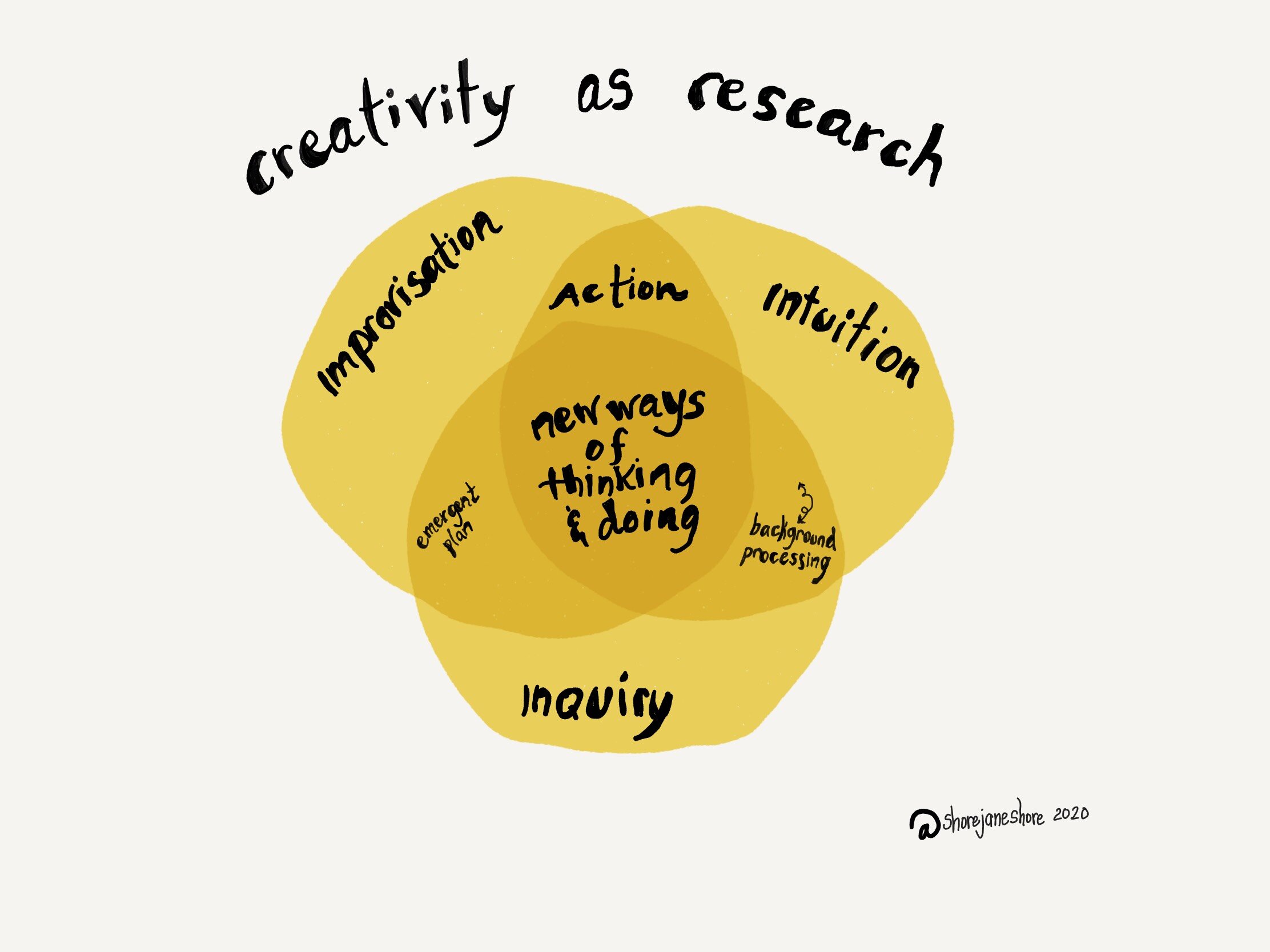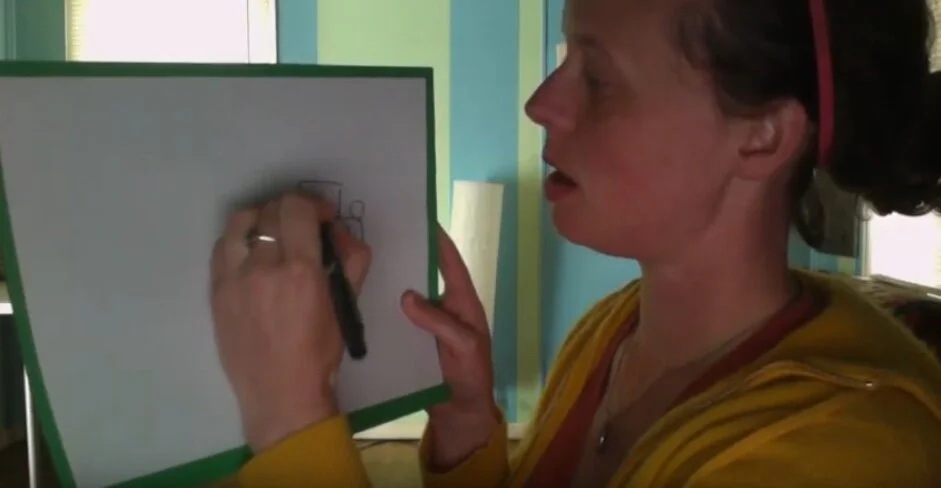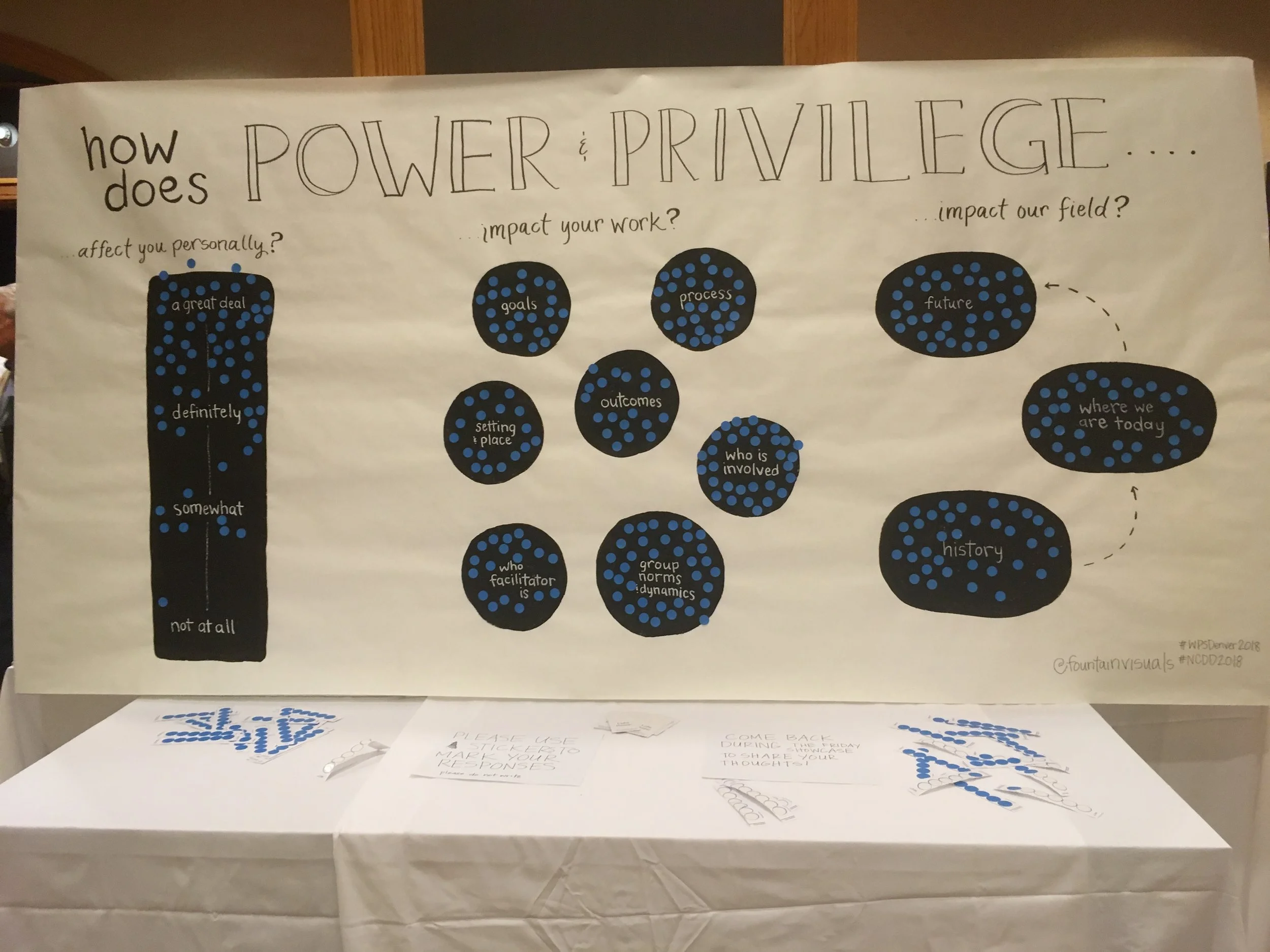The disruption wrought by COVID-19 has many people rethinking, along with many other things, education. Right now many are considering different options for how education takes place, the necessary skills for educators to possess, and what new economic models schools might need to employ.
The social consequences of not only COVID-19 but decades of persistent inequalities have raised additional attention to the essential services schools provide (meals, safety, etc.), their problematic ties to the criminal justice system, as well as history curriculums that may or may not be offering students all the facts on our country’s continued legacy of racism.
Beneath all these questions that have recently surfaced lies this important one: What exactly is the purpose of education? Or, more pointedly, what is the purpose of schooling and schools?
Read More








